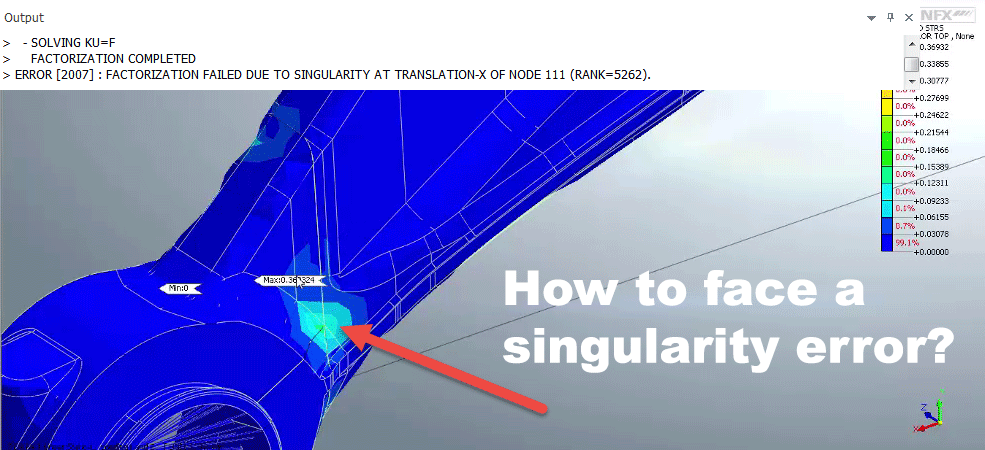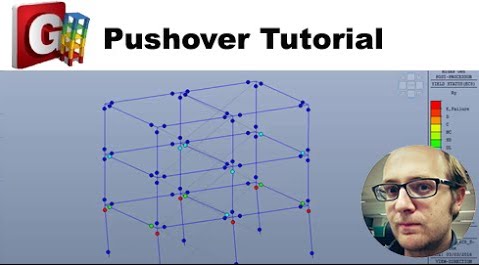Buckling is a dangerous phenomenon which can cause sudden failure of the structure, leading to potential economic or even life losses. It is therefore important to understand the buckling behaviors if the design involves slender structures bearing compressive load, that is commonly encountered in large steel structures of marine & offshore, mining and construction industries. […]
CAD Model: Why meshing fails?
CAD model Your model is not meshed properly or the mesher cannot even complete the meshing? This kind of problem happens to everyone, even the most skilled in FEA. Nowadays, CAD models tend to have too many details and so it is difficult for an analyst to simplify those models enough to get a proper […]
When do you actually need Simulation is product design?
product design FEA can be used mainly in 3 ways in product design: – As a tool for designers to help to create the right design -As a tool to check the design -As a tool to check the reasons why a product fails Designing a product is a challenge Designing a product is not […]
How to face a singularity error?
If you ever started to do linear static FEA Analysis, you probably encountered the following singularity error: ERROR [2007]: FACTORIZATION FAILED DUE TO A SINGULARITY AT TRANSLATION-X OF NODE 111 (RANK=5262) What is the cause of this singularity error? This error is generated when matrix decomposition cannot progress any further due to the presence of singularities. […]
What is stress? Explanation with images
Stress Let’s start with something simple. Let’s visualize a pressure applied on an object. The pressure is causing a certain deformation to your object. After I applied the pressure, what is happening inside the object? Let’s assume the object is composed of a lot of smaller cubes. What is actually happening to one of the small […]
Pushover Analysis Tutorial with midas GEN as per Eurocode 8
Pushover analysis is one of the performance-based design methods, recently attracting practicing structural engineers engaged in the field of seismic design. The objective of a performance-based design is achieved after the owner and the designer collectively select a target performance for the structure in question. The engineer carries out the conventional design and subsequently performs […]
- « Previous Page
- 1
- …
- 23
- 24
- 25
- 26
- 27
- …
- 32
- Next Page »





